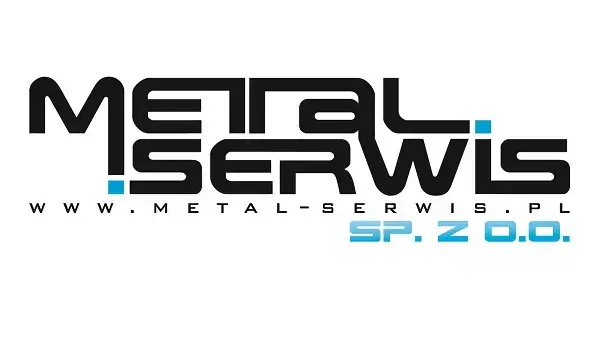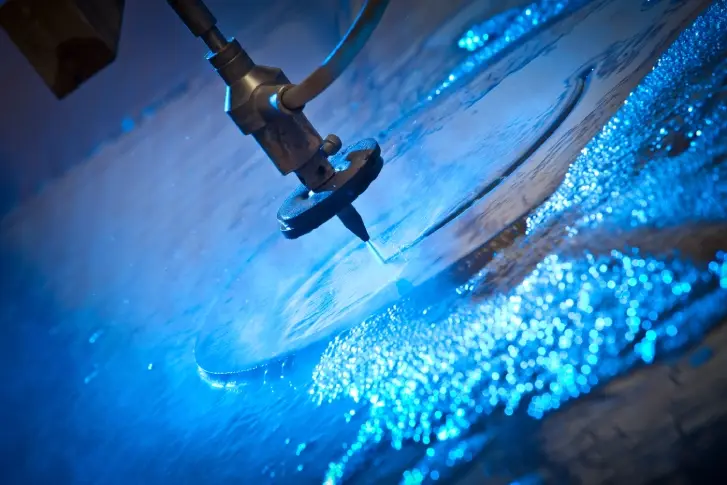Preparing materials for further processing and giving the desired final shape to individual manufactured elements usually requires the use of appropriate cutting technology. It is typically selected based on the possibilities it provides in terms of surface finish precision, cutting line pattern, work speed, and the characteristics of the specific material. One of the solutions that proves quite versatile is
What is water cutting?
Water cutting is a type of processing classified as abrasive jet techniques. It involves using a high-pressure water stream flowing through a small-diameter nozzle. Water particles have high kinetic energy, which is sufficient to handle cutting many substances. However, if their hardness is greater, appropriately matched abrasive material is additionally used. Its particles strike the material, causing systematic detachment of its fragments, while the water prevents dust formation and cools the cut surface.
Where is water cutting used?
Water cutting is effective where high precision and low surface roughness are needed. It is useful for materials sensitive to thermal stress. The computer-controlled positioning and movement of the cutting head enables

